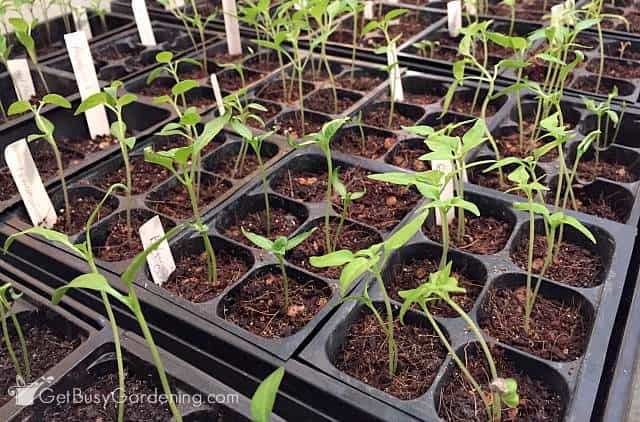

Simply place them in a bowl of water with a teaspoon of hydrogen peroxide.

It should be noted that you can only sanitize seed that can be soaked before growing. Wash your trays and other equipment with this solution before sterilizing the growing medium and sanitizing the seed. You can clean the trays with a 1500ml spray bottle it will need 50ml of hydrogen peroxide, 50ml of white vinegar, and the rest can be normal water.
Clean flats with hydrogen peroxide or bleachīefore you starting growing or even germinating your microgreens it is important to clean all your equipment thoroughly. If sunlight isn’t an option then a grow light, or a standard fluorescent light is a good option it will help your plants to grow while keeping the sun away. You’ll probably prefer to put them in indirect sunlight giving them enough light without excessively drying them out. However, artificial lights are not always the best option for your microgreens. Mold is not a fan of bright lights, as soon as germination has occurred you can move your plants into the light. This can be turned on for 15-30 minutes of every hour, refreshing the air around the plants and keeping the mold at bay. To prevent mold on microgreens simply add a couple of ventilation slots to the side of your lid and then place a fan next to the tray. When you’re germinating your microgreens they are generally covered and at higher risk of mold due to minimal air flow. This is why it is essential to ensure ventilation at every step if the growing process. Mold doesn’t like moving air, it doesn’t give it the chance to breed and multiply as the bacteria are moved on before they can be really effective. There are several things you can do to help prevent mold from forming in the first place. Get my bestselling book about growing microgreens on ! The mold spores can also stay in the growing medium and affect the next batch of plants! Unfortunately, this will also destroy the goodness in your plants making you wonder why you’ve grown them. You’ll need to wash the microgreens and then cook them at a high temperature to ensure the mold has gone. If there is mold on your microgreens then they will probably continue to grow but they will not be safe to eat. If you alter the conditions your microgreens are living in, you can deprive the mold of everything to needs to survive effectively killing it. Mold on microgreens is the same as mold in any other environment it needs bacteria, moisture, and slow-moving air. Mold doesn’t do this! Root hairs How does the mold form? Top Tip: Water your microgreens to see if the root hairs lie flat, in effect they will disappear. Root hairs only exist on the root your old will grow anywhere on the plant. Mold is slimy if you touch it but the root airs are not. Mold looks like a fine spider-web, root hairs are fuzzier. Visible mold on microgreensĪt a glance, these tiny hairs can look like mold, but there are some key differences that will tell you it’s root hair not mold on microgreens: They stick out from the lowest part of the plant and help to increase the surface area allowing your microgreens to absorb all the water they need. Every plant has tiny hairs that form part of the root. The first thing to understand is that there is a difference between mold and root hairs. With a little help, you can beat the mold and be enjoying your microgreens in no time! What does mold look like on microgreens? #Stop mold on seedlings how to
Instead, take a look at this article and discover what mold on microgreens actually looks like, how it forms, and how to prevent/remedy it. Your first thought will probably be to get rid of the entire crop. This means you can put them into fresh compost and space them out, which will help improve airflow and reduce humidity.It can be very disheartening when your microgreens are growing really well and then they suddenly appear to have mold on them. Finally, John advises pricking out the seedlings to transplant once they are large enough to handle.This is because warm, still conditions create high levels of humidity which is really beneficial to fungal growth, John says. It's also important to ensure that seedlings are not overcrowded, and that there is plenty of air movement.In fact, John says that if you give the pots a good soaking once the seeds have been sown, you may not need to water them again until after germination if the pots are kept covered and in shady and warm conditions.'This means the surface of the compost is likely to be drier and not so appealing to fungal growth.'

Try watering your seedlings from below, if possible.
Excessively watering is a common seed-sowing mistake. 'Don’t reuse old compost, and make sure you close the bag when it is not in use,' John says. Always use clean pots and fresh compost, such as Miracle-Gro's Seed Starting Potting Mix, available from Amazon.







 0 kommentar(er)
0 kommentar(er)
